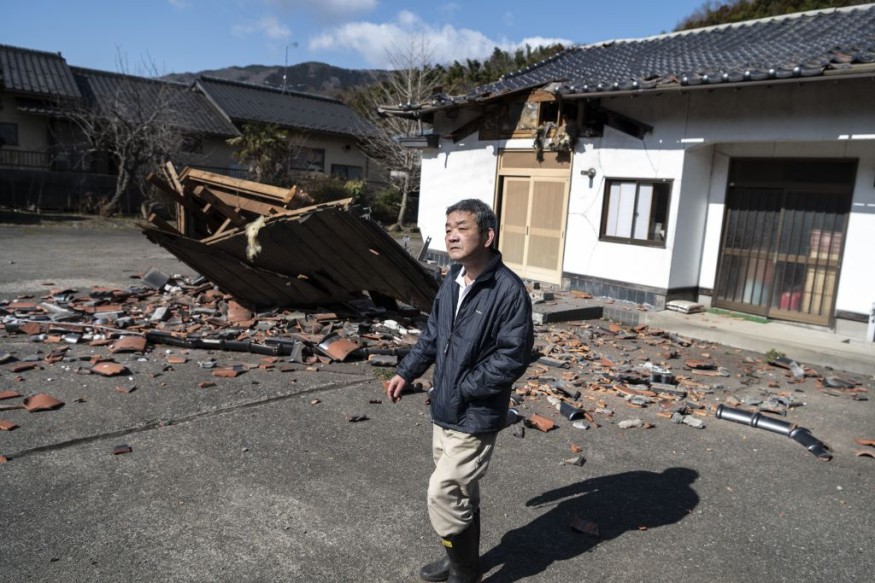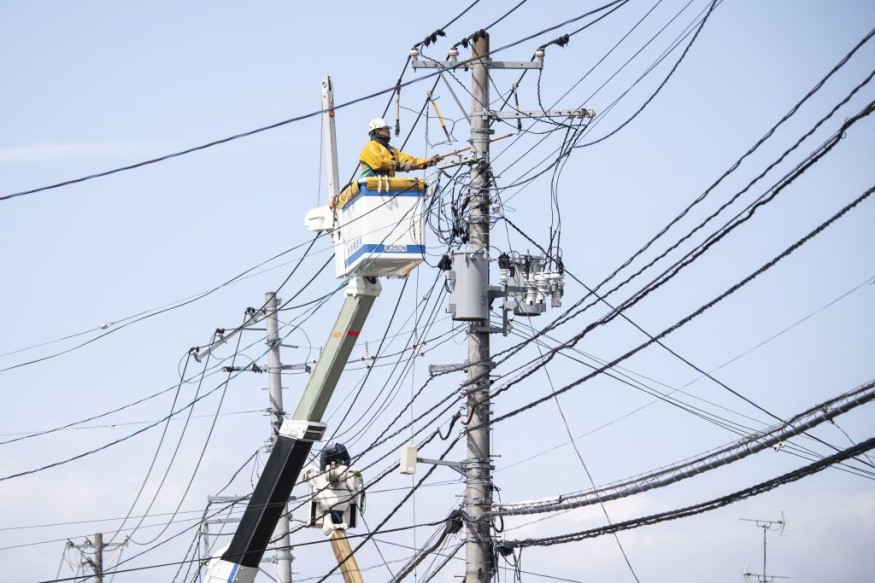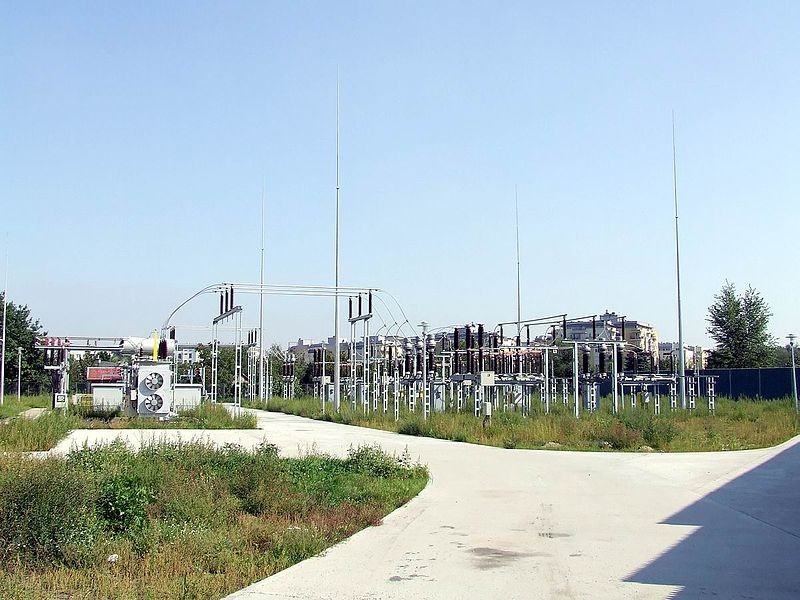Late Wednesday local time, a powerful 7.3-magnitude earthquake struck northern Japan, issuing a tsunami warning for sections of the country's eastern shoreline and knocking out electricity to more than 2 million homes.

7.3 Earthquake in Japan
The massive quake struck soon after 10:30 a.m., according to reports. According to the US Geological Survey, the earthquake occurred roughly 39 miles beneath the sea around 11 a.m. EDT on Wednesday, just before midnight on Thursday in Japan.
According to the USGS, the epicenter of the tremor was situated 35.4 miles (57 kilometers) east of Namie, off the coast of Fukushima.
Losing Power

TEPCO (Tokyo Electric Power Company) Power Grid said that almost 2.2 million residences in 14 prefectures, including Tokyo, were experiencing blackouts.
A 9.1-magnitude earthquake struck the same region 11 years ago, causing an enormous tsunami that wreaked havoc and precipitated a catastrophic nuclear meltdown at the Fukushima Daiichi nuclear power facility.
TEPCO, which owns and manages the Fukushima Daiichi nuclear power plant, said employees discovered no anomalies at the facility, which was being dismantled. "No substantial variations in monitoring post have been detected" at the second site, Fukushima Daini NPS, officials added.
The company received indications that water pumps for spent fuel storage pools at two of Fukushima's reactor buildings had stopped working but subsequently confirmed that they had restarted operations, according to NHK.
Earthquakes Damaging Power Grids

Landslides, tsunamis, fires, and fault rupture are all disastrous repercussions of earthquakes. Most property damage and personal injuries are caused by intense ground shaking.
A large earthquake or tsunami might have disastrous electrical consequences. Experts estimate that a power outage will inflict damage to buildings and the water supply, roads, and fire threats.
HayWired Earthquake Scenario
The USGS spearheaded a big endeavor dubbed "The HayWired Earthquake Scenario" to illustrate what may happen if an earthquake struck along one of California's faults. The scenario focuses on the Hayward Fault, which runs 52 miles on the east side of California's San Francisco Bay from Berkeley to Fremont and is regarded as one of the most active and dangerous in the country because of its proximity to major cities.
The HayWired Earthquake Scenario models the effects of a 7.0 magnitude earthquake along the Hayward Fault. A quake of this magnitude may kill 800 people and force tens of thousands to flee their homes. They would be without gas, water, and power for several days.
The hypothetical HayWired mainshock might result in massive fires in the San Francisco area. More than 400 gas and electric-related flames might erupt during and shortly after the mainshock, causing a fire equally as catastrophic as the earthquake's mainshock.
Destructive Capacity
A strong earthquake may cause practically everything within your home to tremble and shift. The majority of injuries from the devastating 1994 Northridge earthquake, according to UCLA research, were caused by heavy furniture and household goods falling on individuals.
the 7.1R earthquake off the coast of Japan captured on video
— Udit Kulshrestha (@uditkulshrestha) March 16, 2022
Video: NHK World, Japan. pic.twitter.com/E0pTsS5PNp
Related Article : Aseismic Creep Surfaces Shaking Discovery in California's Fault
For similar news, don't forget to follow Nature World News!
© 2025 NatureWorldNews.com All rights reserved. Do not reproduce without permission.





